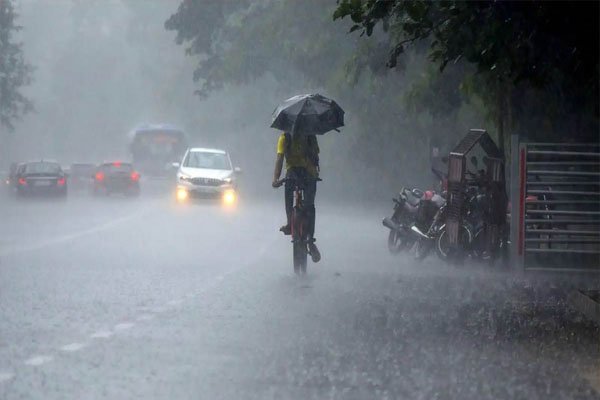The flash flood in Sikkim’s Teesta river, triggered by a cloudburst in Lhonak Lake, has had devastating consequences, with 27 bodies recovered so far, including seven Army personnel. The search continues for the 142 people still missing in the aftermath of this natural disaster. The flash flood has caused widespread damage in the region, impacting over 25,000 people and resulting in the destruction of more than 1,200 houses. Thirteen bridges have been washed away, isolating several areas in the picturesque Himalayan state from the rest of the country.
Rescue efforts have been underway, with 2,413 people rescued from various locations affected by the flash flood. Approximately 6,875 people are currently taking shelter in 22 relief camps that have been set up across the state. Sikkim has been severely affected by the flash flood, leading Chief Minister Prem Singh Tamang to announce financial assistance of ₹4 lakh for the families of the deceased and immediate relief of ₹2,000 each for those taking shelter in the camps.
Union Home Minister Amit Shah has approved the release of ₹44.8 crore as an advance amount from the central share of the State Disaster Response Fund (SDRF) to provide relief to those affected by the disaster. Efforts have also been made to rescue approximately 3,000 tourists who were stranded in North Sikkim. However, inclement weather conditions have posed challenges to these rescue operations.
In light of this tragic event, steps are being taken to establish early warning systems for glacial floods in vulnerable areas such as Lhonak Lake and Shako Cho in Sikkim. This preventive measure aims to mitigate the impact of similar disasters in the future. The India Meteorological Department (IMD) has forecasted the possibility of light to moderate rain in Mangan district over the next five days, which will need to be monitored closely.
This tragedy underscores the critical importance of disaster preparedness and the need for effective early warning systems in regions prone to natural disasters like flash floods and cloudbursts. The ongoing rescue and relief efforts reflect a commitment to finding and assisting all those affected by this devastating event, as the state of Sikkim works towards recovery and rehabilitation.
